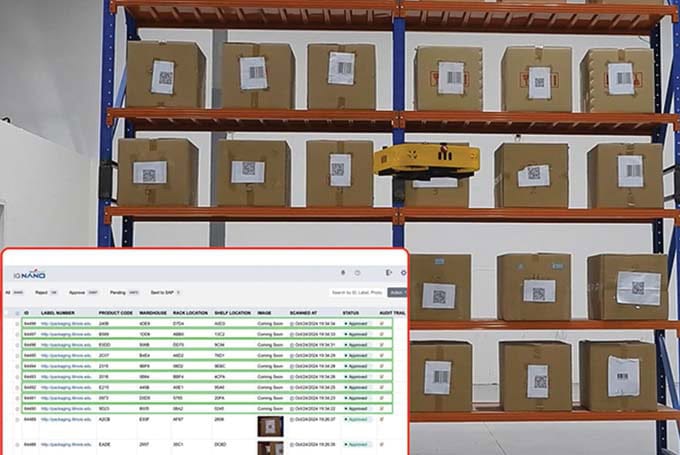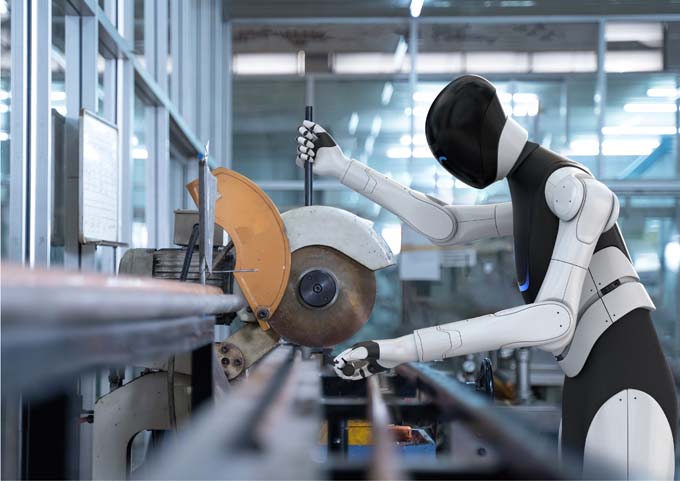How drones are revolutionizing logistics
Drones are increasingly revolutionizing the warehouses of delivery companies, logistics firms, retail giants and furniture stores. Several thousand deliveries are already being made worldwide every day using these aircraft. But the areas of application go far beyond this.

The global drone market is expected to grow more than tenfold by 2032, reaching a value of over 80 billion US dollars. A significant portion of this growth will come from the logistics and warehousing sectors, which, according to Fortune Business Insights, are expected to generate annual revenues of USD 31 billion by 2028 alone. Annual growth rates are estimated at over 24 %, driven by the increasing demand for faster and smarter delivery methods. Today, over 2,000 deliveries are already made by drone worldwide every day - a number that is expected to increase further once the legal framework and operational capabilities keep pace with innovation.
From food to first aid: broadening horizons
The scope of logistics goes far beyond e-commerce. In Rwanda and Ghana, the logistics company Zipline is already using drones to deliver blood supplies, vaccines and vital medicines to hard-to-reach communities. In Europe, similar projects are being tested on islands where conventional deliveries are costly and time-consuming.
And then there is the last mile - the crucial final stage from the distribution center to the customer. In densely populated cities, drones are proving to be a viable solution for reducing delivery times to just a few minutes. Amazon and several supermarket chains are testing autonomous air deliveries, while companies such as Ikea are using drones for internal logistics. In 16 of its stores, around 100 autonomous drones carry out after-hours stocktakes and transmit real-time inventory data to logistics teams - with no ladders and no downtime.
Scaling logistics with AI-supported drones
One company in this market is ZenaTech, a Nasdaq-listed small-cap company from Canada with a market capitalization of USD 125 million. The company's Drone-as-a-Service (DaaS) model removes the typical barriers to entry - no hardware purchases, pilot recruitment or certifications are required. Instead, customers subscribe to a turnkey solution that delivers operational efficiency at scale.
In the logistics sector, ZenaTech's AI-powered indoor drones automate inventory management by reading barcodes and capturing real-time data, eliminating the need for manual scanning and increasing throughput. The same platform is also used in other industries: in agriculture for precision spraying and field analysis, and in defense for border patrols, inspections and reconnaissance missions.

The company's growth is supported by both demand and investment. A second production facility is currently being built in Arizona, which is intended for the manufacture of drones for the US military. At the same time, ZenaTech is expanding internationally - most recently in Dubai, where the company is expanding its DaaS cleaning business. The market for drone cleaning alone is expected to reach a volume of 13 billion US dollars by 2030.
Source and further information: www.zenatech.com
Innovative drone technologies from Switzerland too
An innovative company ecosystem has also developed in Switzerland in the field of drone technology. Various companies, many of which are still young, are in the process of making a name for themselves internationally. For example, there are small unmanned helicopters with radar systems that can be used for surveillance or mapping tasks (Aeroscout) or transport drones for long distances (RigiTech). Swiss drone technology is also used for inspections of objects that are difficult to access (e.g. wind turbines, polluted interiors, industrial plants). Companies such as Wingtra, Voliro or Flyability have developed special systems that help to make maintenance tasks more efficient and cost-effective.
(red.)









